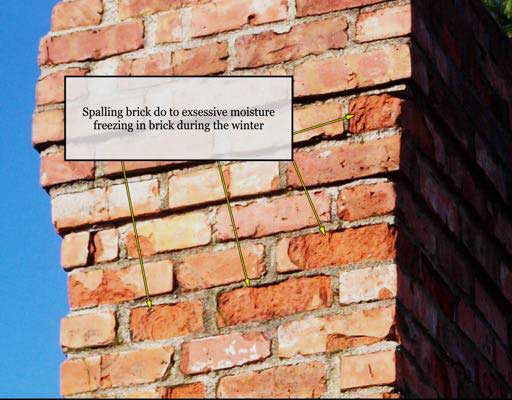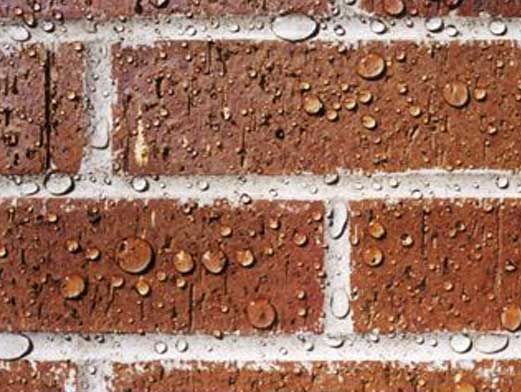
Spalled Bricks Home Blog Spalled Bricks 28 Mar Spalled Bricks Admin The Wash Crown is the top cement portion that seals off the upper opening of the chimney. The Wash Crown is a very vital part of the chimney where damage often occurs, and spreads down the rest of the chimney continuing to cause more …






